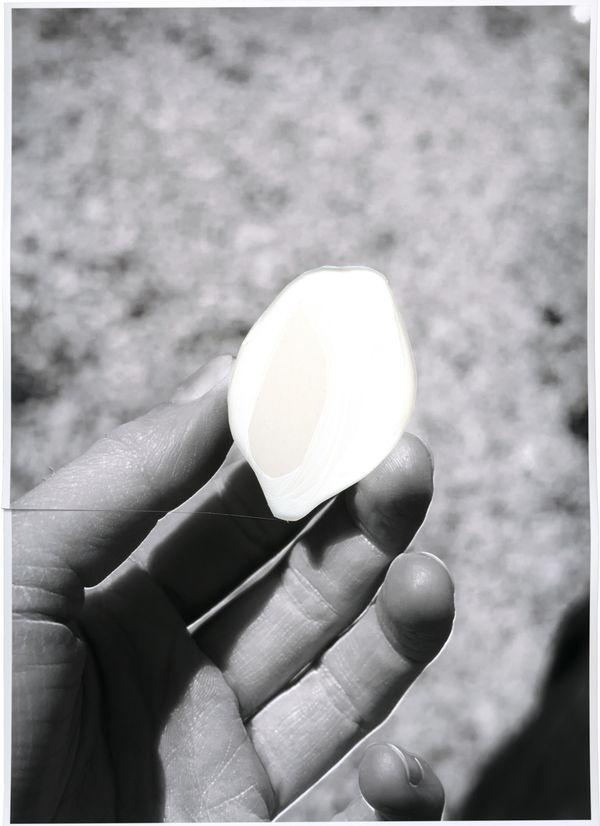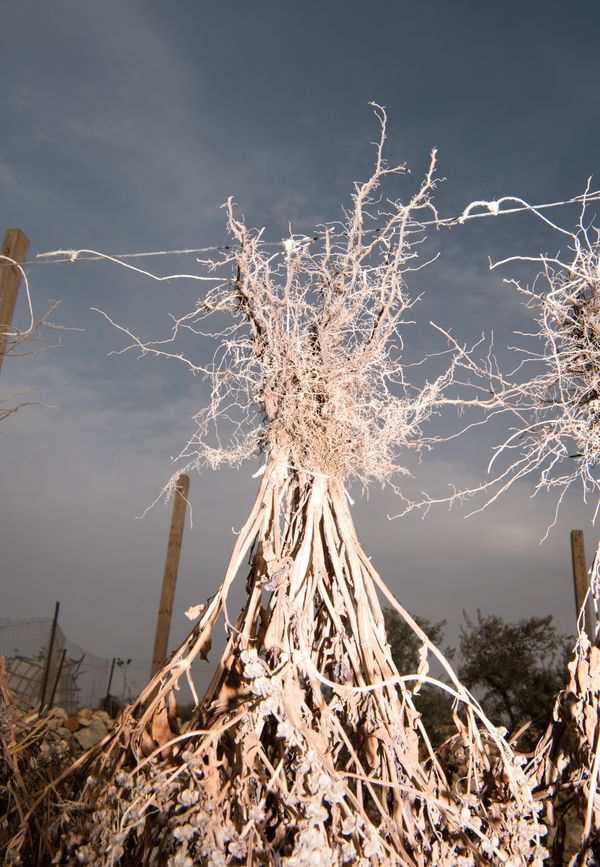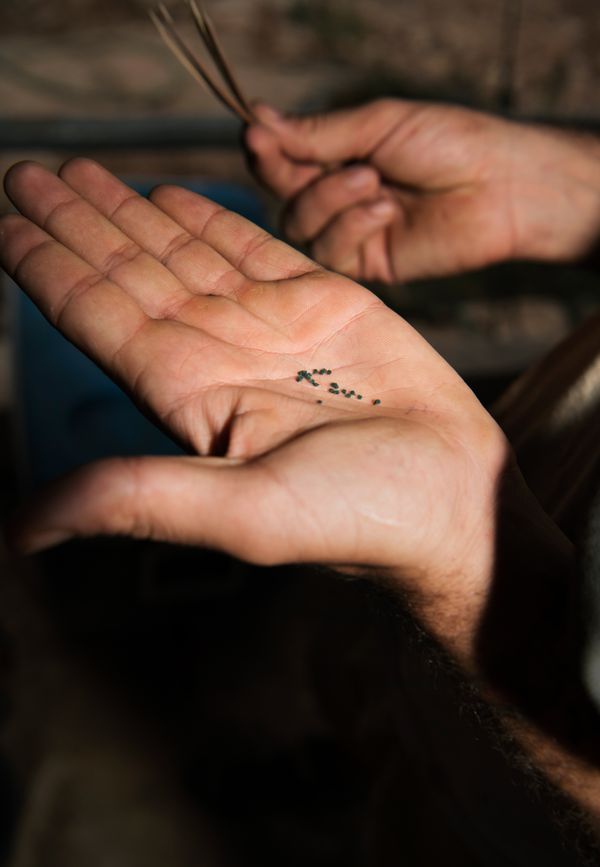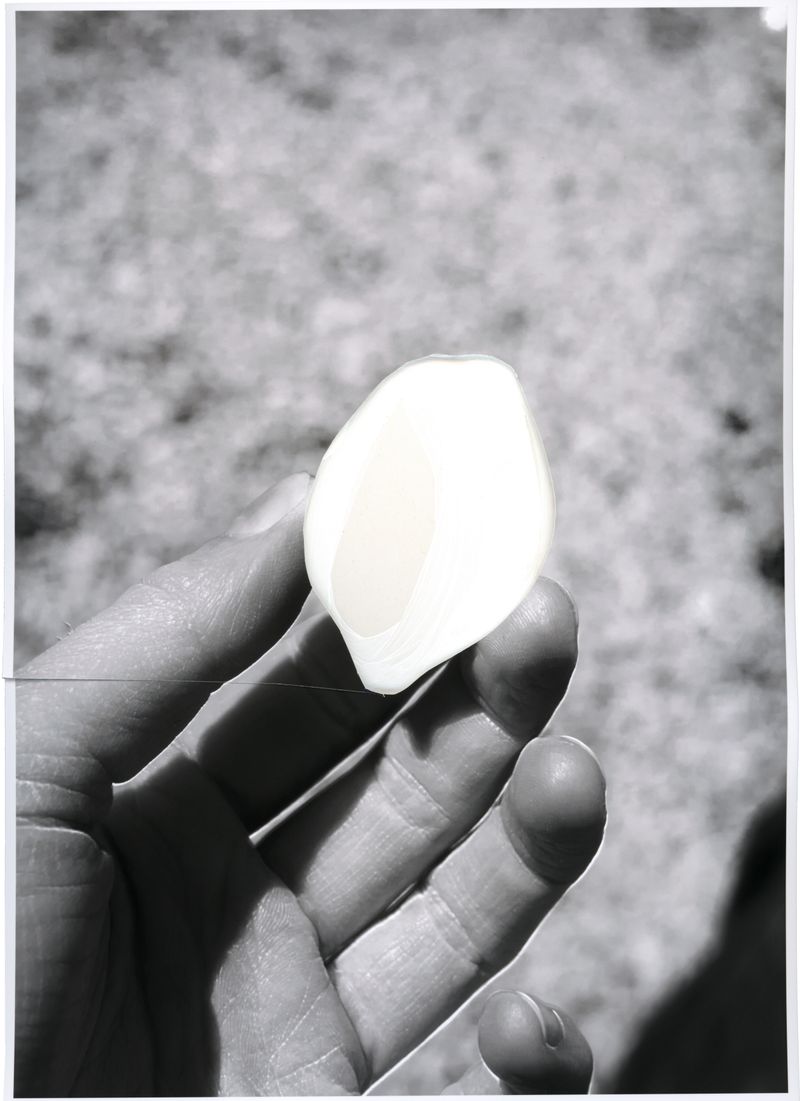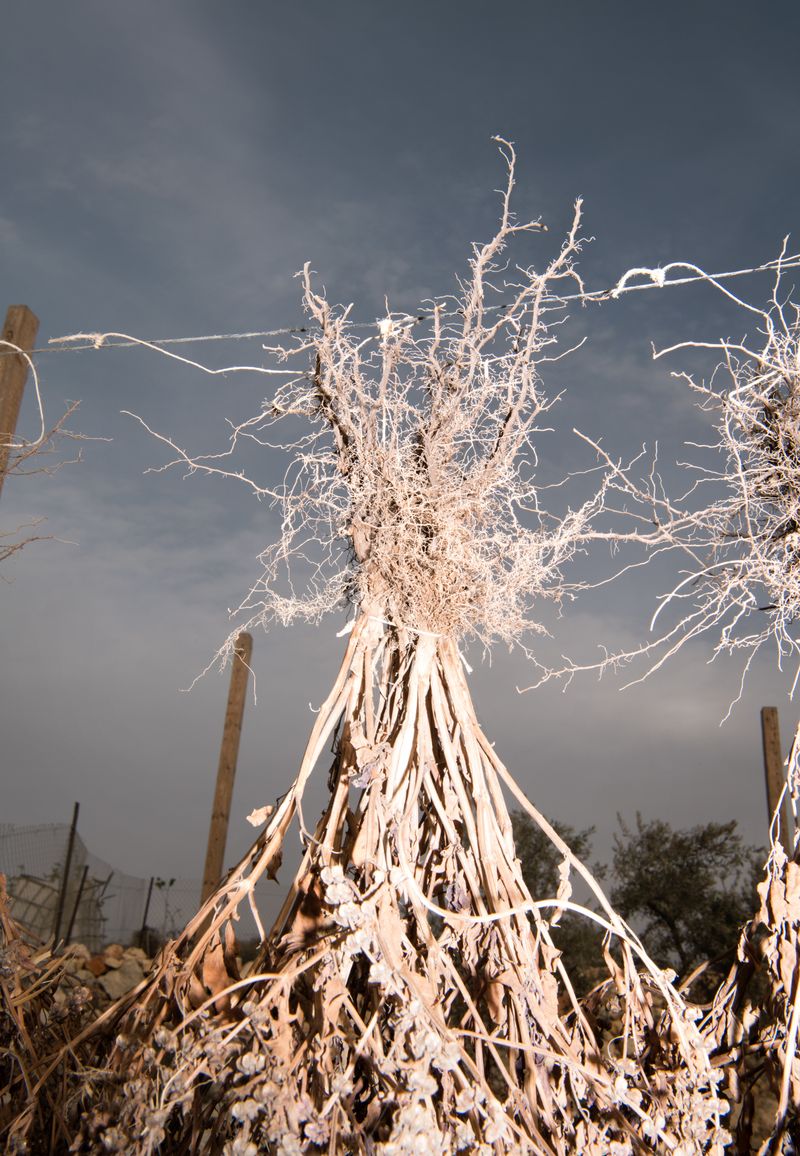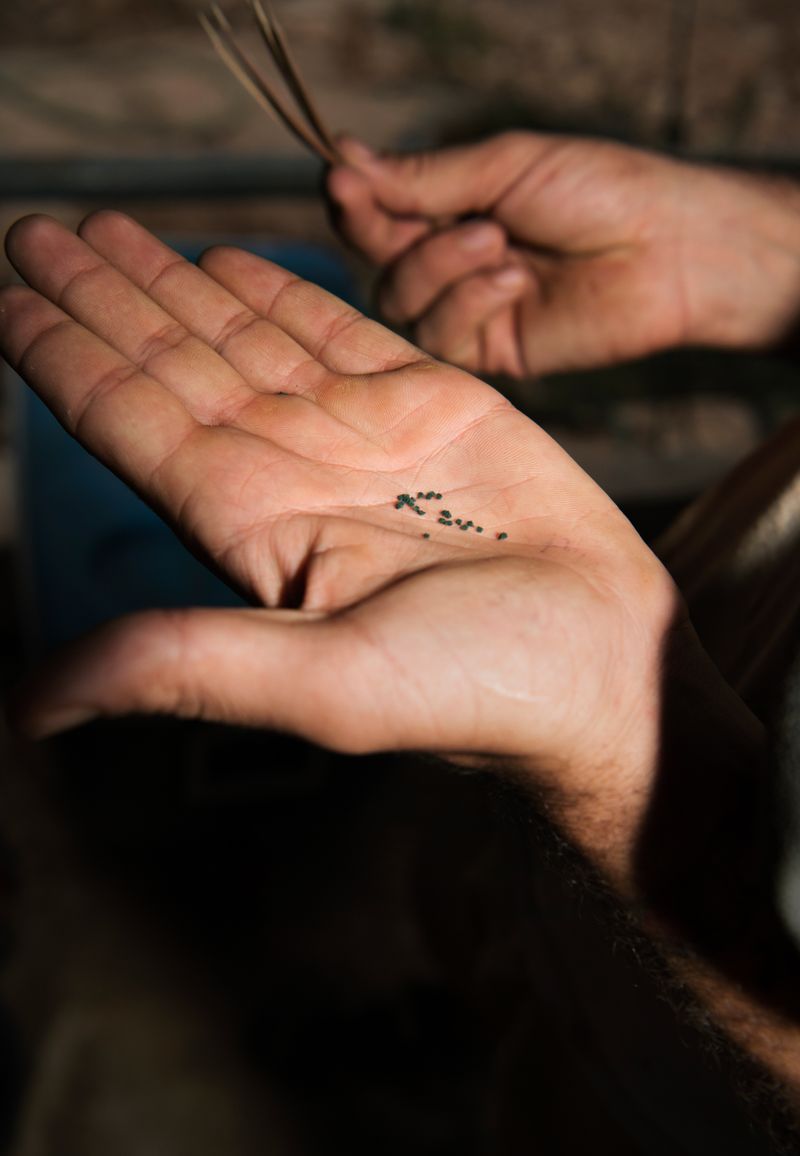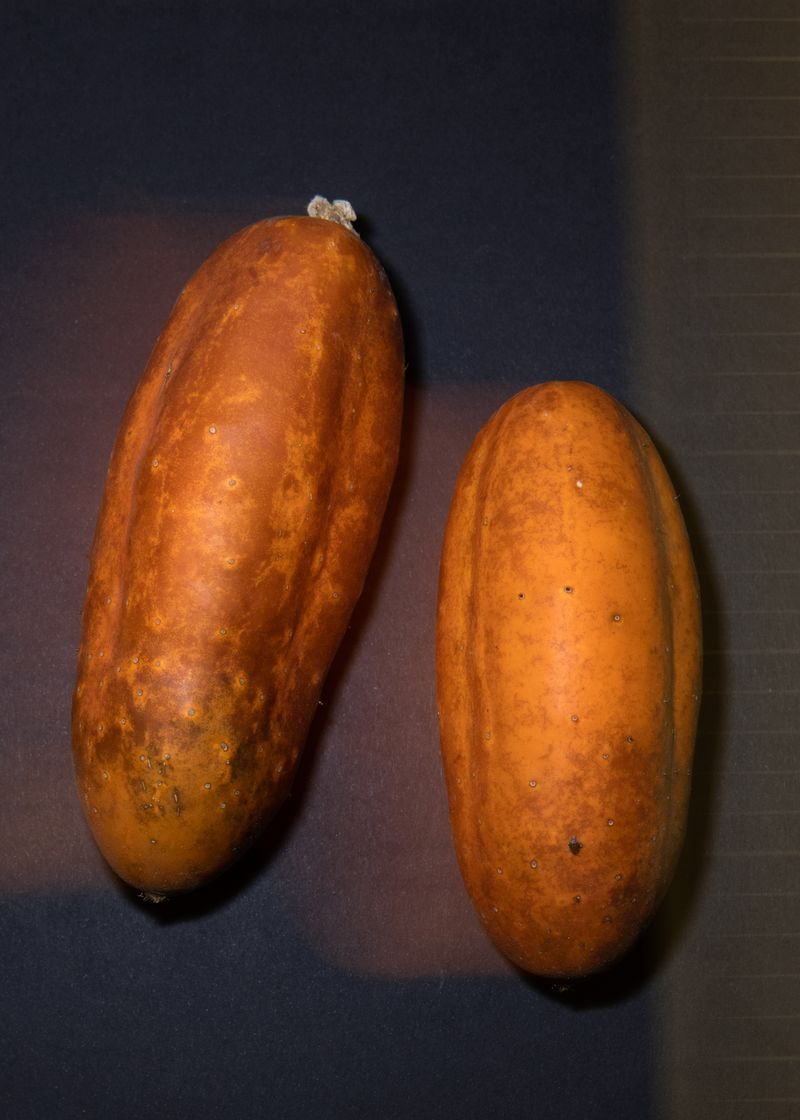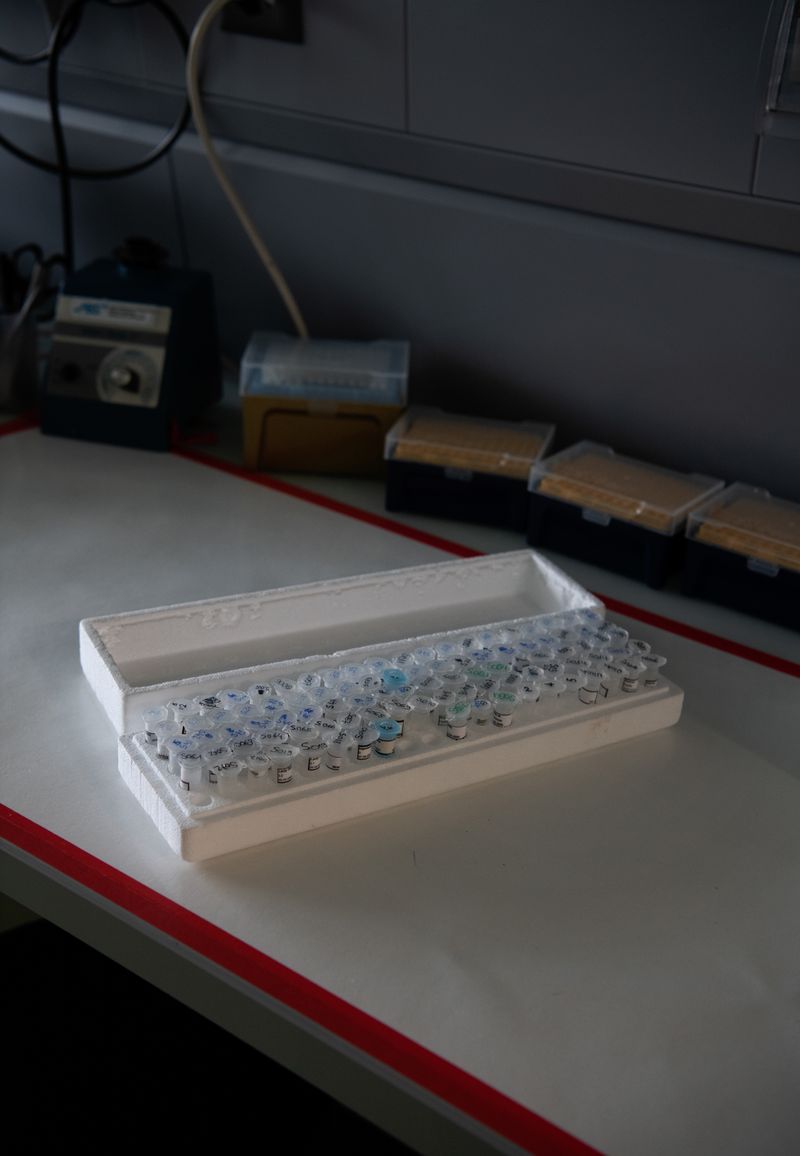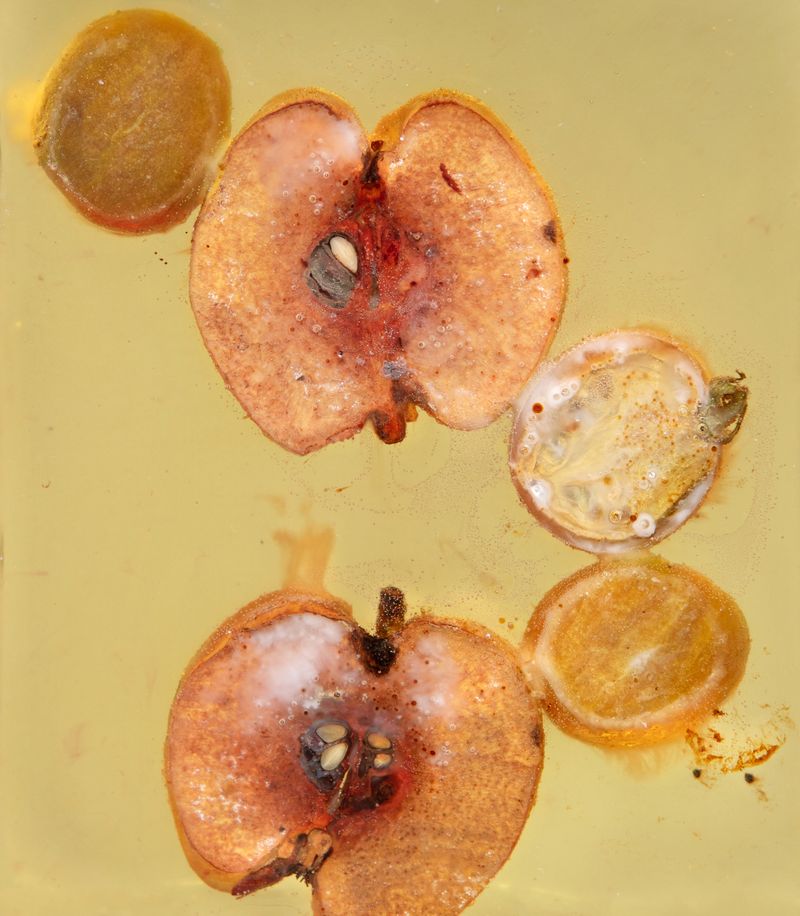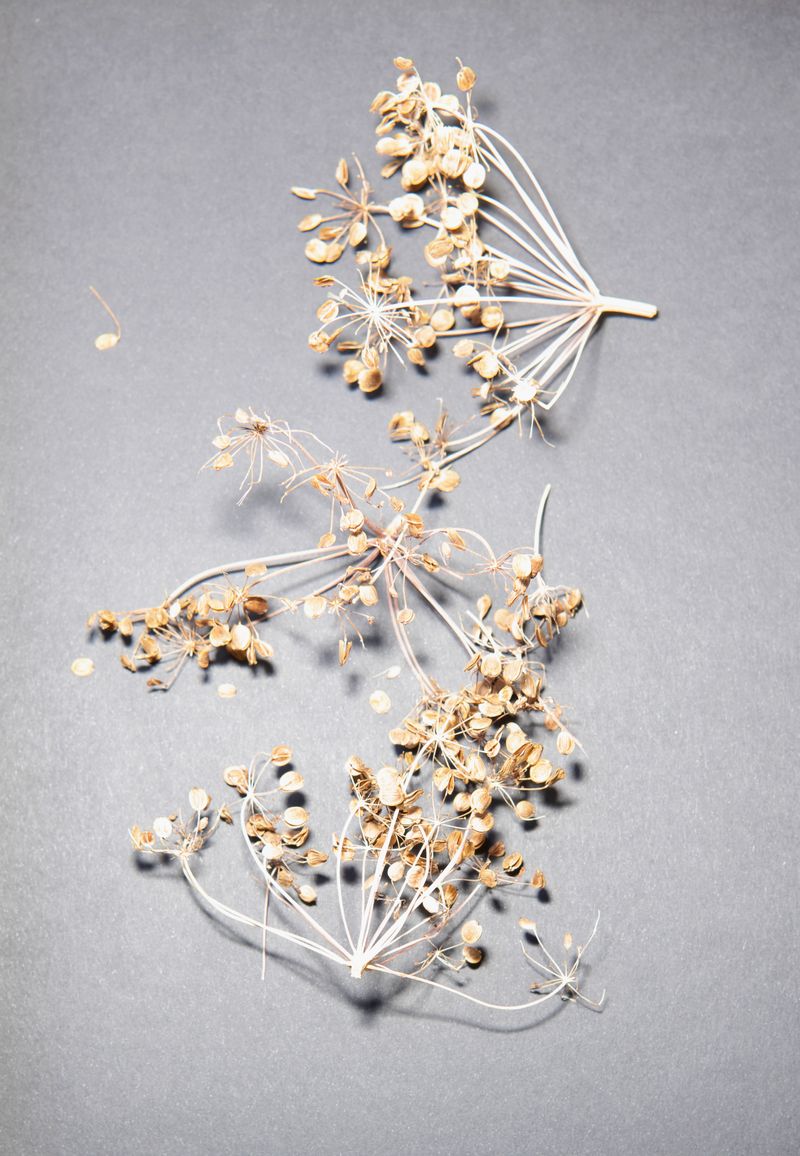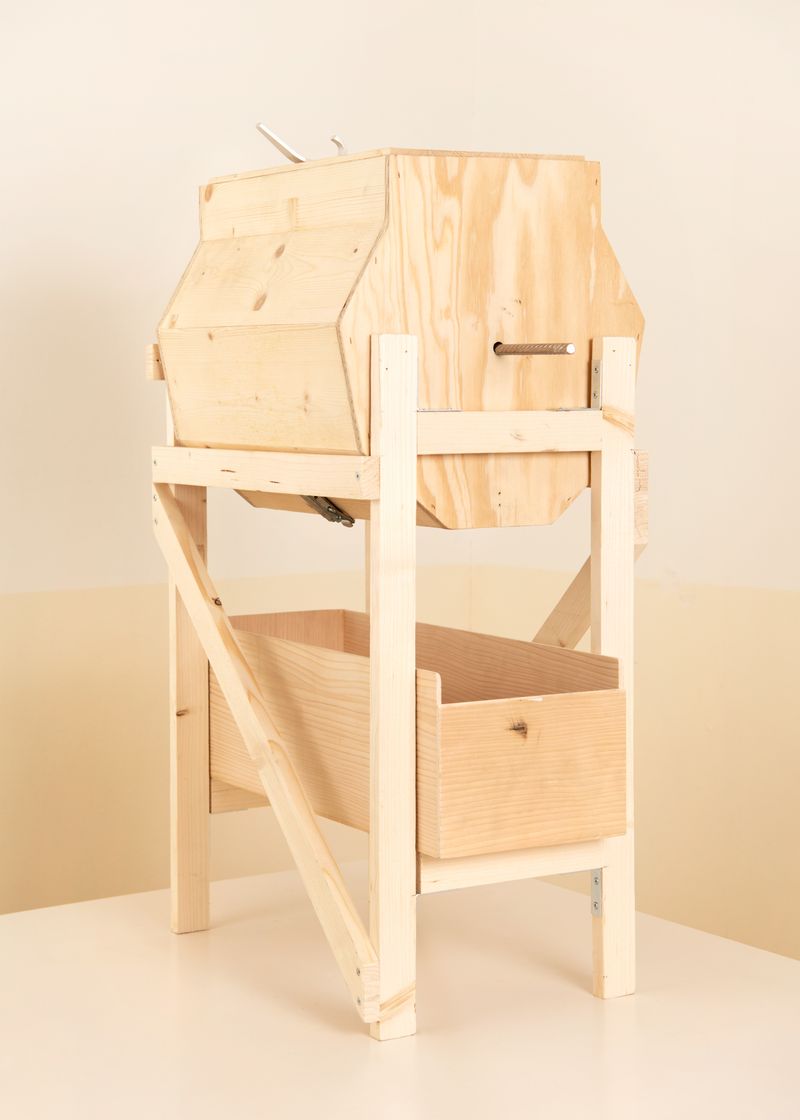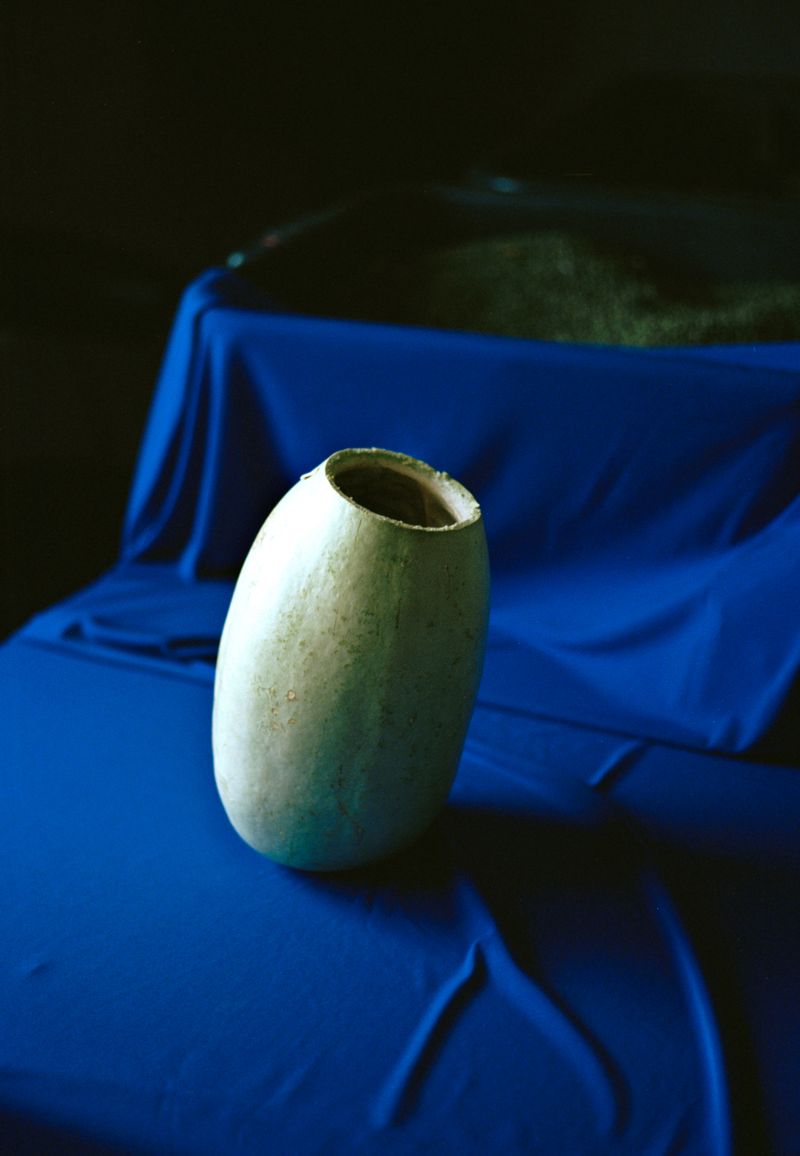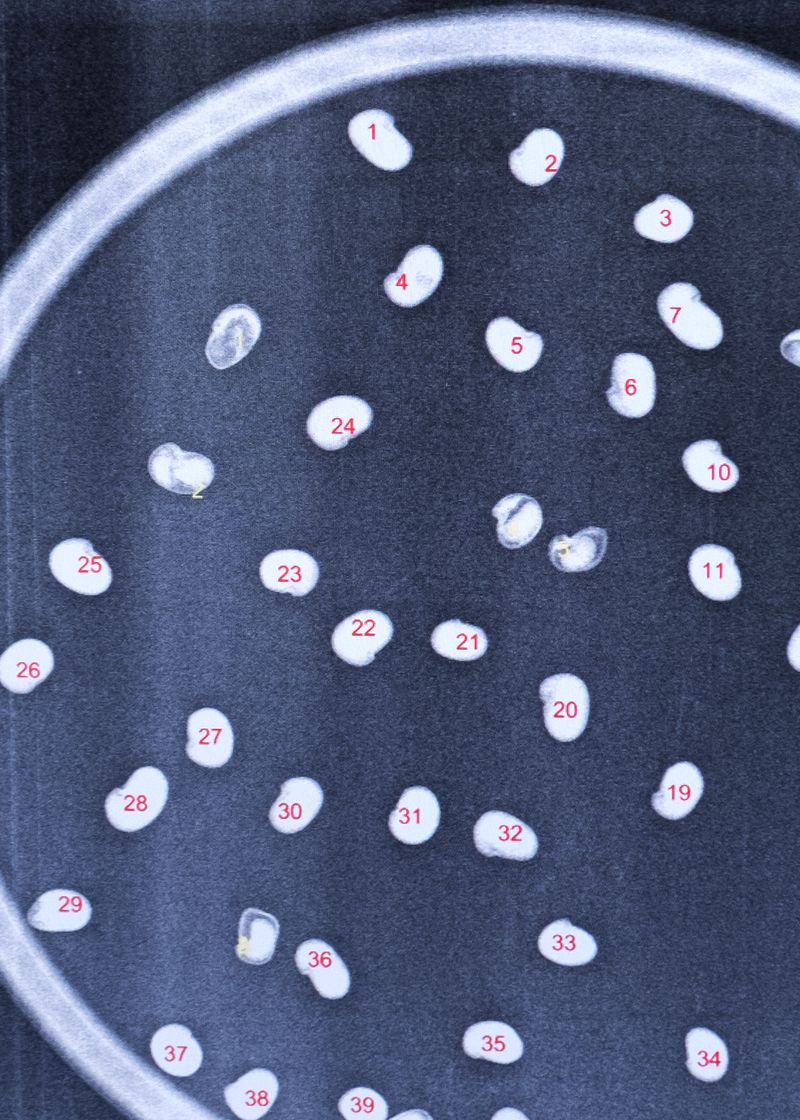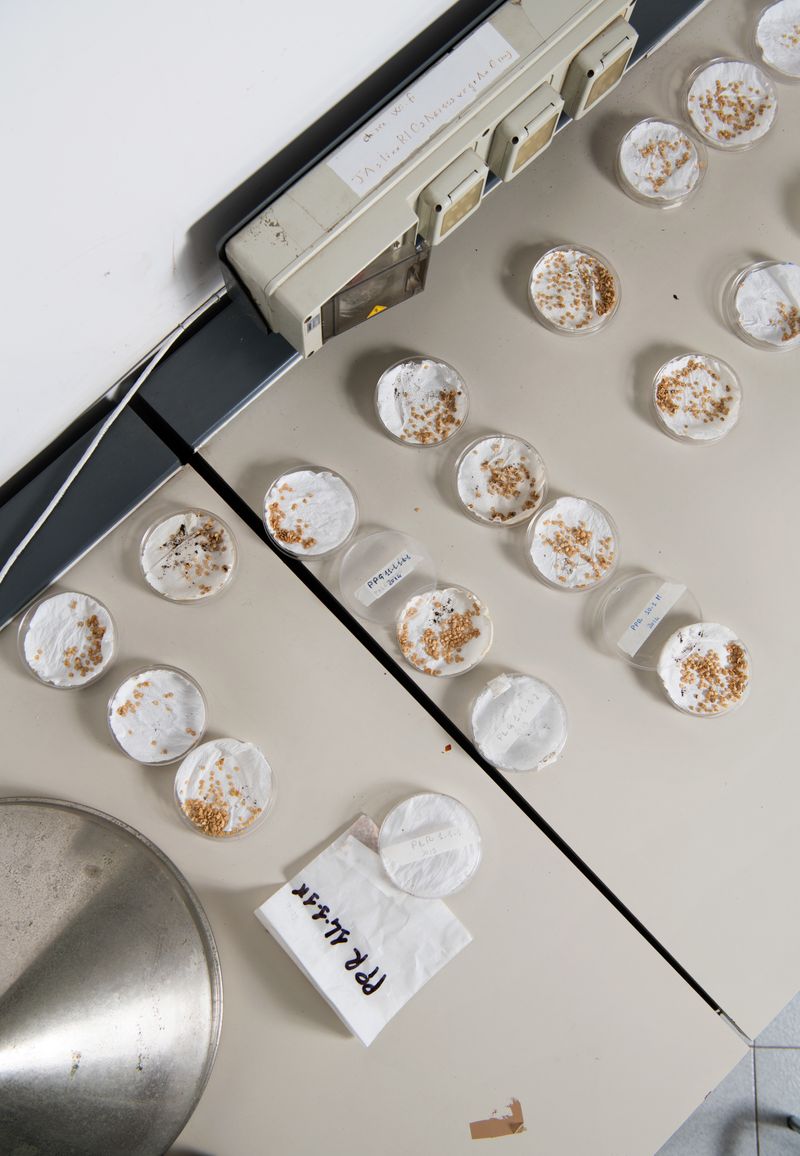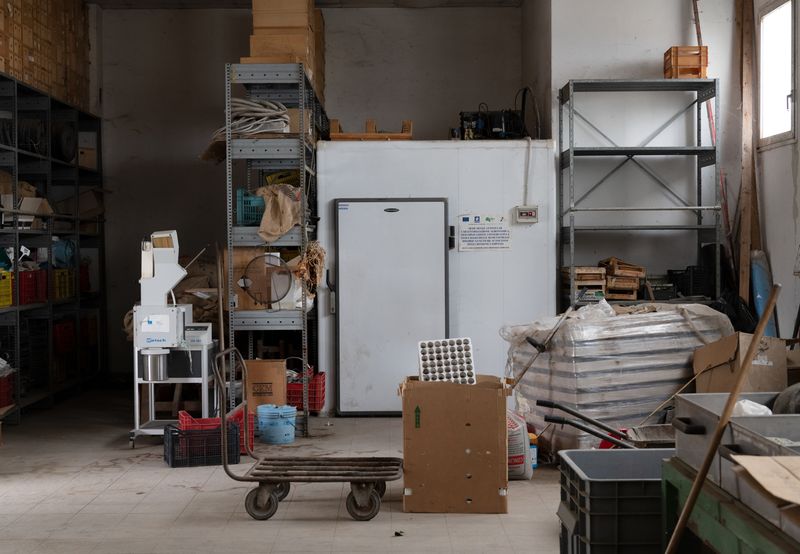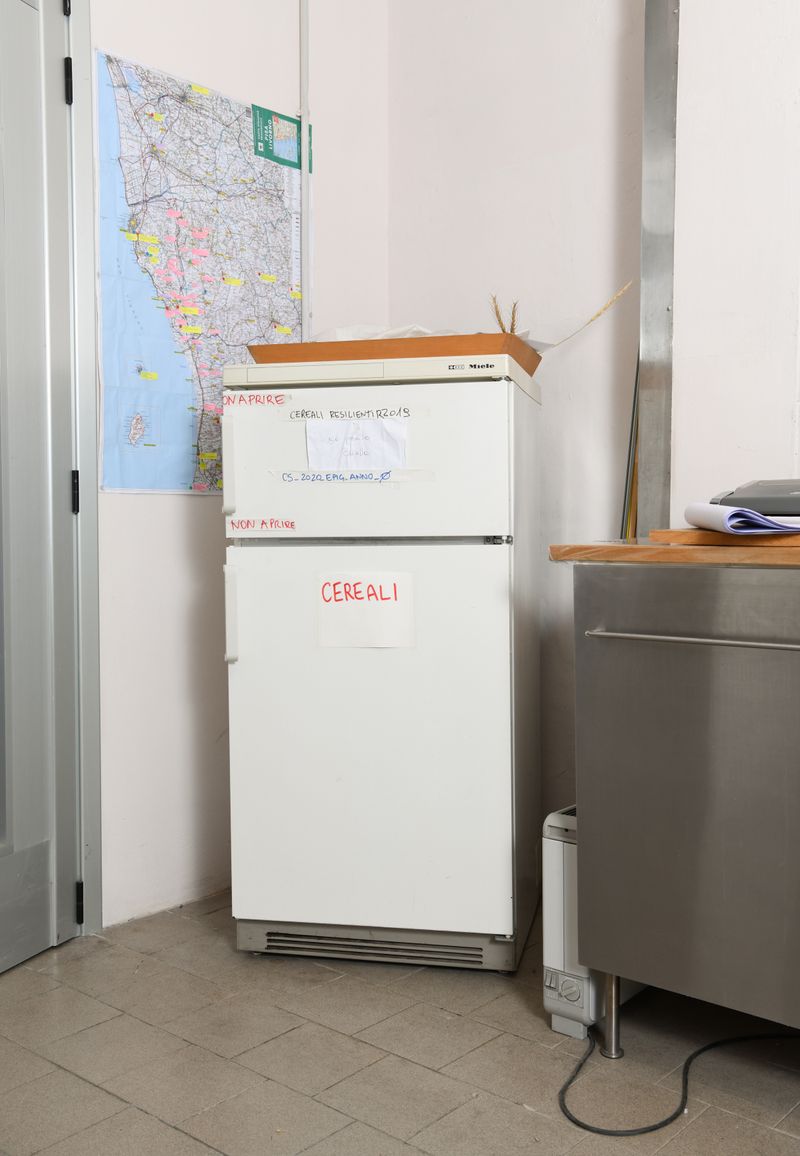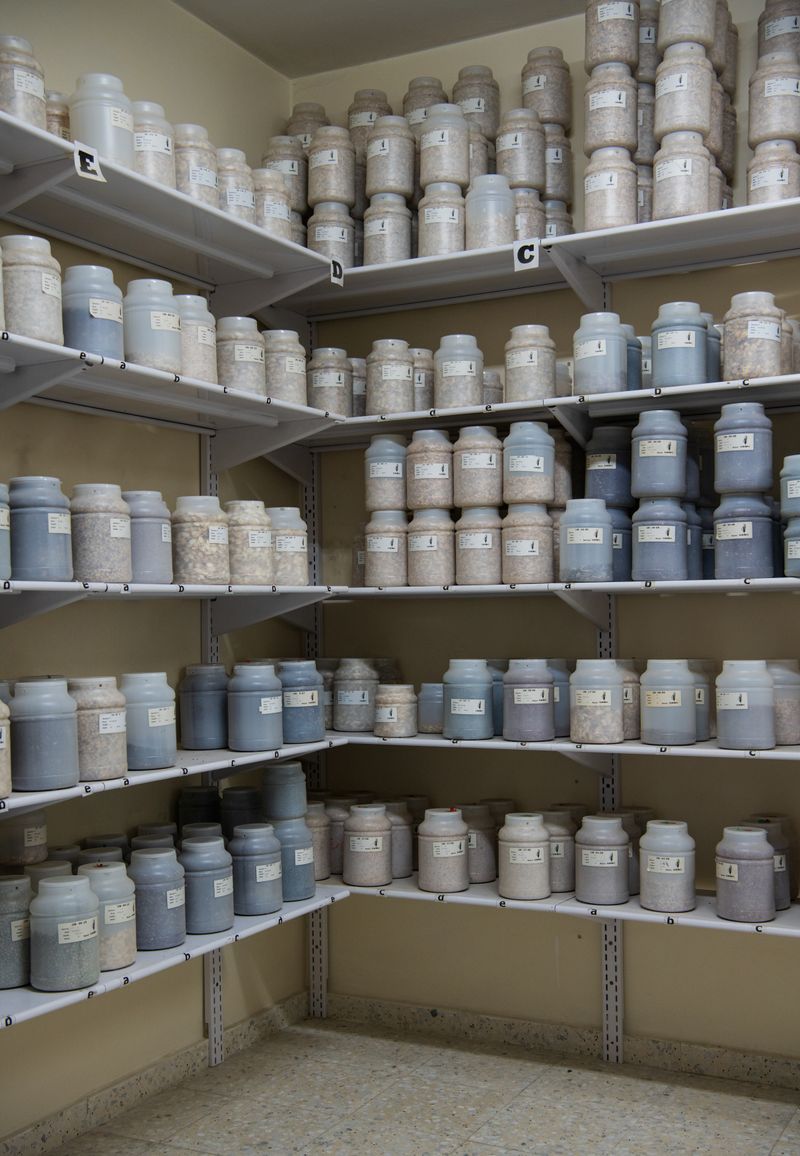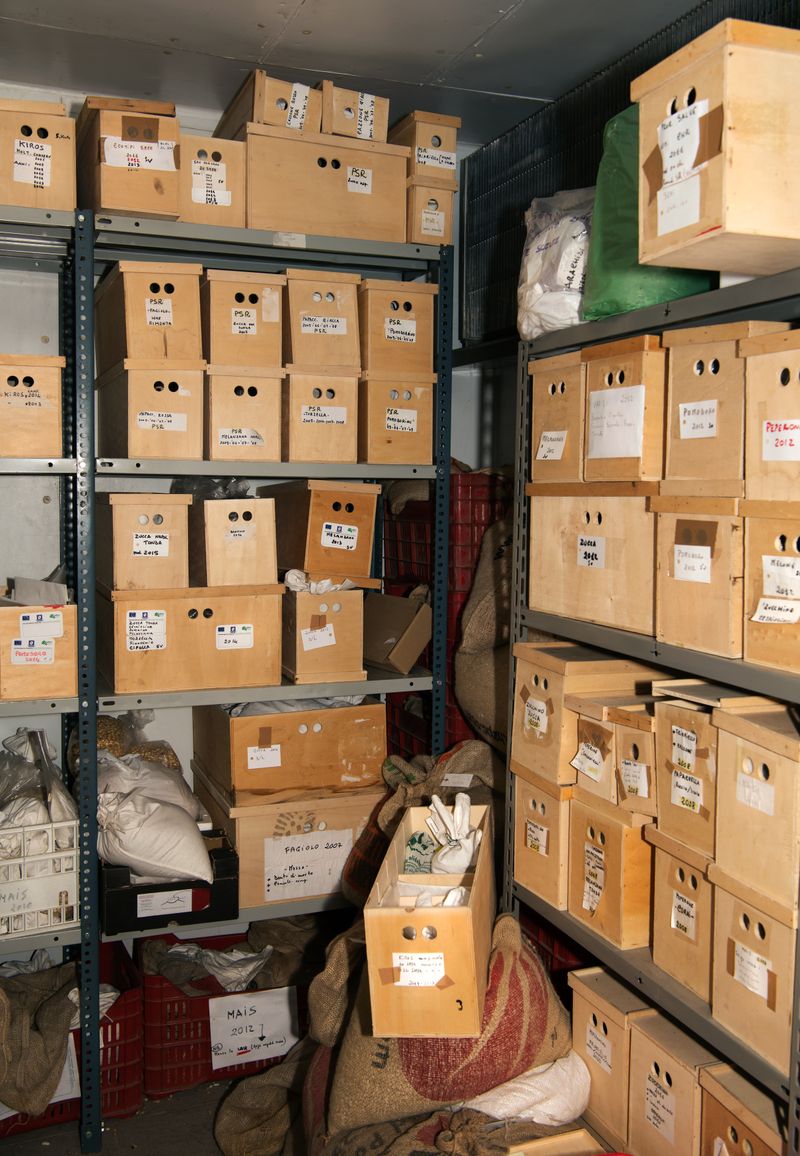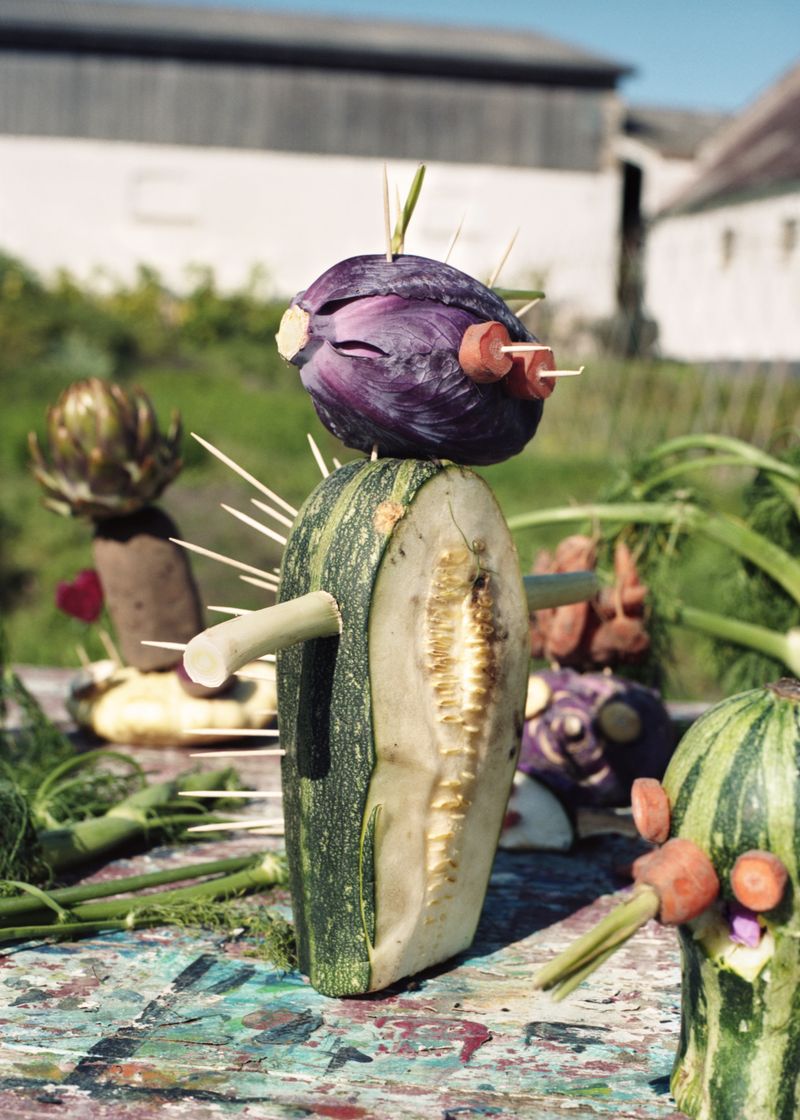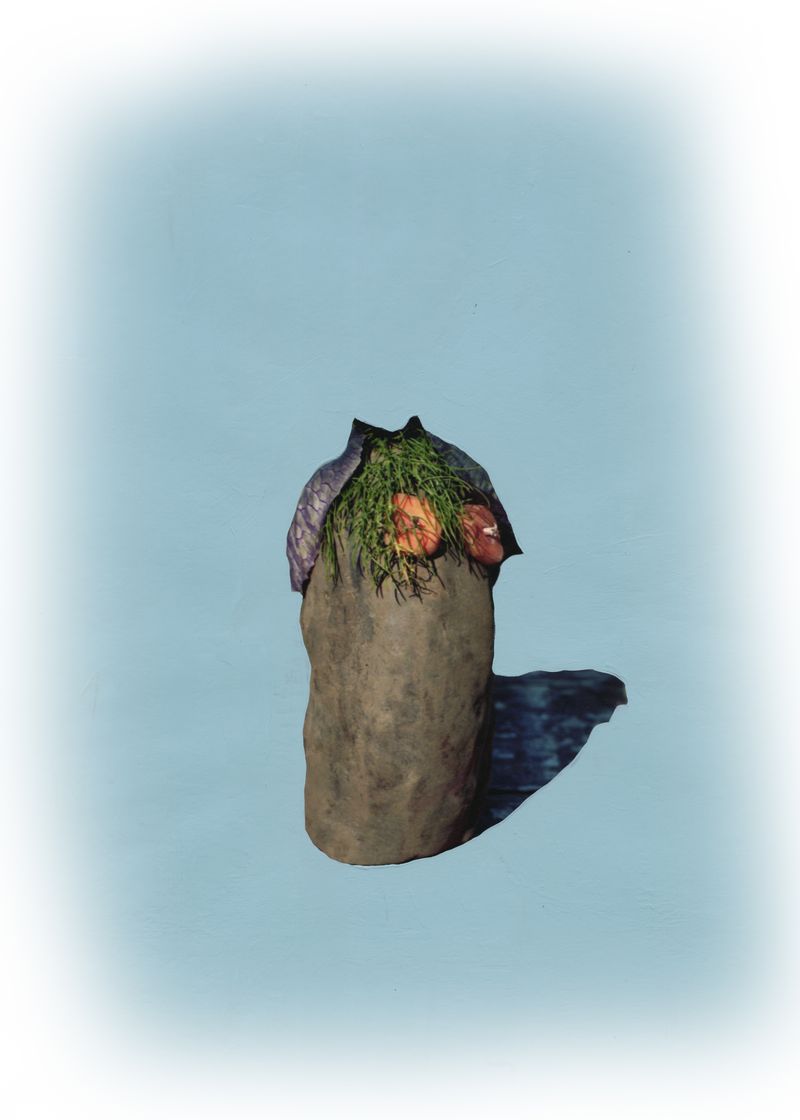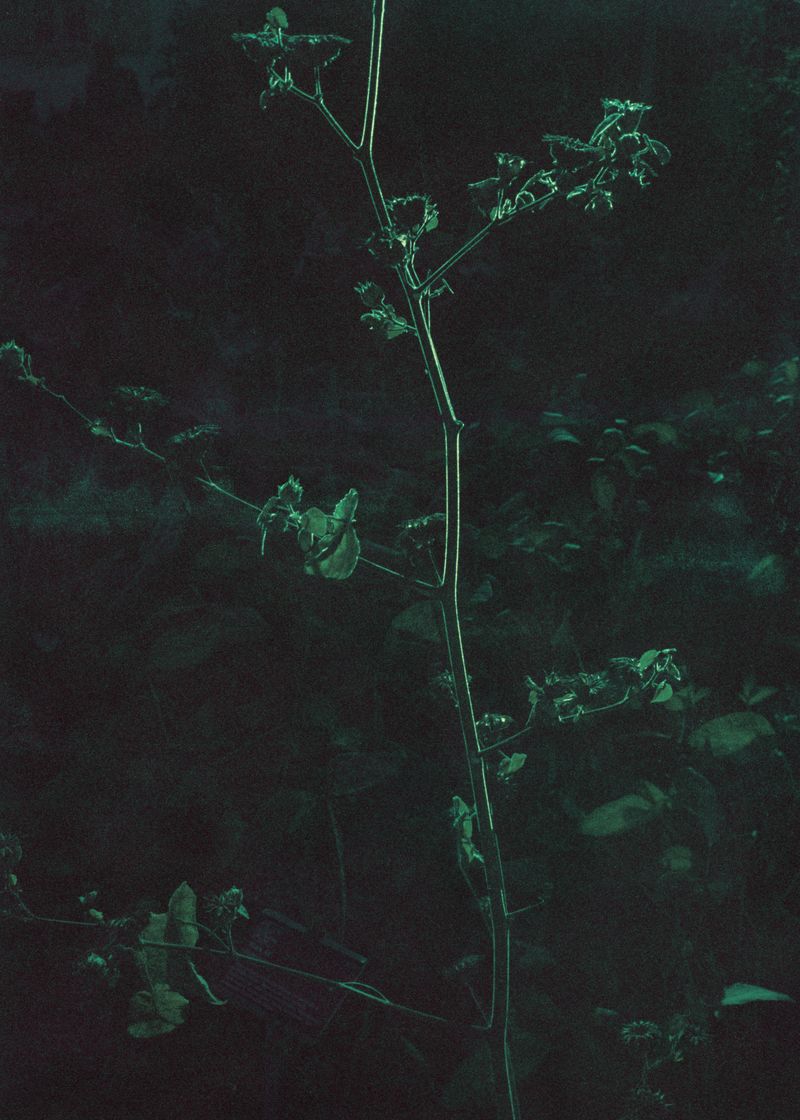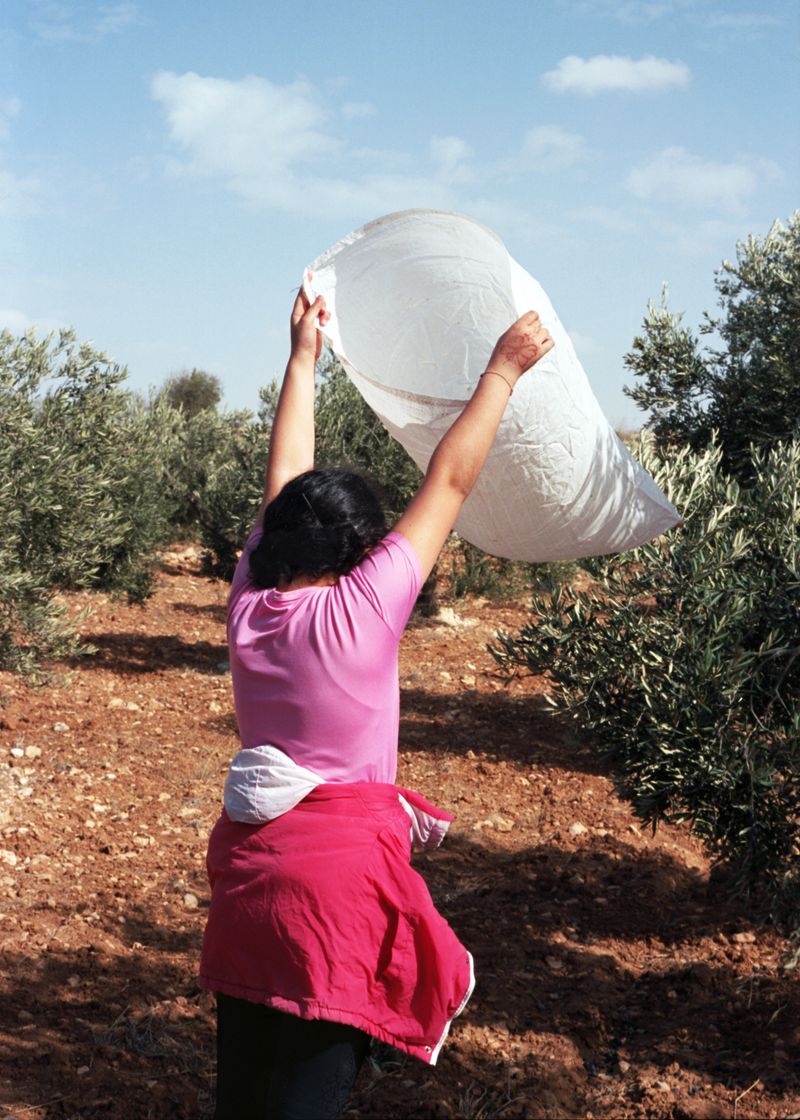How like a leaf I am
-
Dates2018 - Ongoing
-
Author
- Topics Landscape, Contemporary Issues, Documentary
- Locations West Bank, United States, Italy, Switzerland, Denmark
Who are we trusting with the restoration of our ecosystem? How like a leaf I am investigates community based approaches fighting agrobiodiversityloss and envisions a shift in human/plant relationship.
How like a leaf I am examines entanglements of human and plant life and our collective responsibility for the rapid decline of ecosystems. Delving into the world of seeds the project investigates agrobiodiversity preservation, from farming initiatives to community-based seed conservation and participative breeding programs, seeking out practices and tools to tackle the enormous challenges of global food security, climate change, and seed monopolies.
During the past years, Alexandra Baumgartner has visited several Community Seed Banks and initiatives for equitable access to plant genetic resources like Rete Semi Rurali in Florence or the UAWC Local Seed Bank in Hebron.
Strolling through countless fields and thinking with the plants, How like a leaf I am collects stories of a possible future agriculture, offering a multifaceted look at complex relationships of humans, crop plants, genetic resources, seed laws, conservation strategies, and what we perceive as ‘nature’.
Switching between an informative voice and an inward-looking perspective, the project advocates for the need to (re)learn how to read and live with our non-human environments. Arguing that only a deep bond will enable our behaviors to shift.
The importance of this emotional connection with the land is emphasized by a layer of text setting out numbered instructions ranging in ease from:
2. Find a spot you like, sit down for a while.
to
7. Imagine being a leaf.
These worksheet-style instructions encourage spectators to not only engage with the work but use it as a catalyst to immerse themselves in the world around them.
Now that we're losing the very ground beneath our feet, we must ask ourselves who we are trusting with the restoration of our ecosystem.
Will corporate powers take over every last bit of land or is there a way to achieve transformative change by establishing a system that takes multiple actors into consideration?
